On Sept. 30, 1919 Black farmers met in Elaine, Arkansas with Robert L. Hill to establish the Progressive Farmers and Household Union of America to fight for better pay and higher cotton prices.
A white mob shot at them, and the farmers returned fire in self-defense. News of the confrontation spread and a massacre ensued, leaving more than 100 (estimates up to 800) African Americans dead, 67 indicted for inciting violence, and 12 Black sharecroppers (the Elaine 12) sentenced to death.
Not only were African Americans massacred, they were also blamed for the event and charged with murder.
The Elaine Massacre occurred at the end of Red Summer of 1919 — a series of brutal attacks on African Americans in more than three dozen cities including Chicago, Washington, D.C., Norfolk, Knoxville, and more cities.
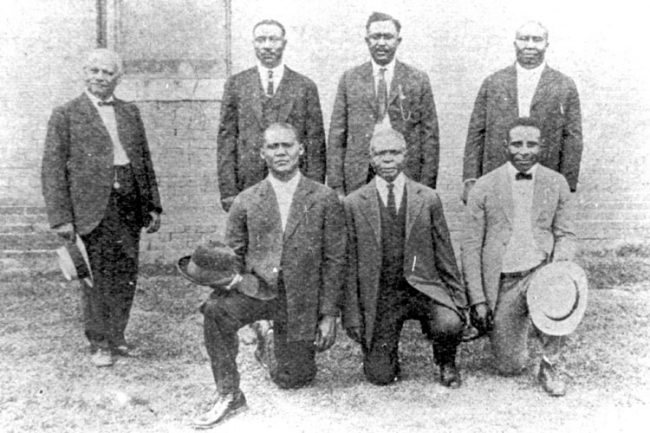
Elaine Massacre defendants Ed Hicks, Frank Hicks, Frank Moore, J. C. Knox, Ed Coleman, and Paul Hall. Scipio A. Jones, the group’s counsel, stands to the left. Source: Butler Center for Arkansas Studies, Central Arkansas Library System.
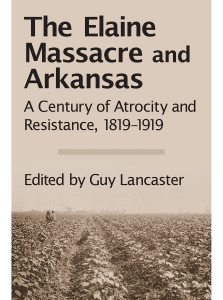 Read More
Read More
Read more about the Elaine Massacre at BlackPast.org, Encyclopedia of Arkansas, the New York Review of Books in “The Ghosts of Elaine, Arkansas, 1919” by Jerome Karabel, Marking the Centennial of Arkansas’ Elaine Massacre on NPR’s All Thinks Considered, a short but descriptive Bloomberg Opinion piece “Look What Has Been Taken from Black Americans,” and The Elaine Massacre and Arkansas: A Century of Atrocity and Resistance, 1819-1919 edited by Guy Lancaster.
Read and share how the Red Summer of 1919 is barely mentioned in textbooks and find a classroom lesson by Linda Christensen of Rethinking Schools, “Burning Tulsa: The Legacy of Black Dispossession” that helps students learn about the direct connection between racial and economic oppression and the need for reparations today.
Find related lessons and books for the classroom below.

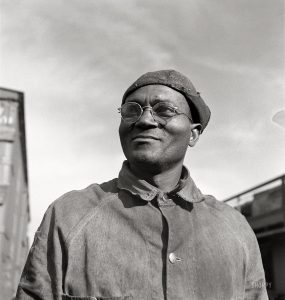
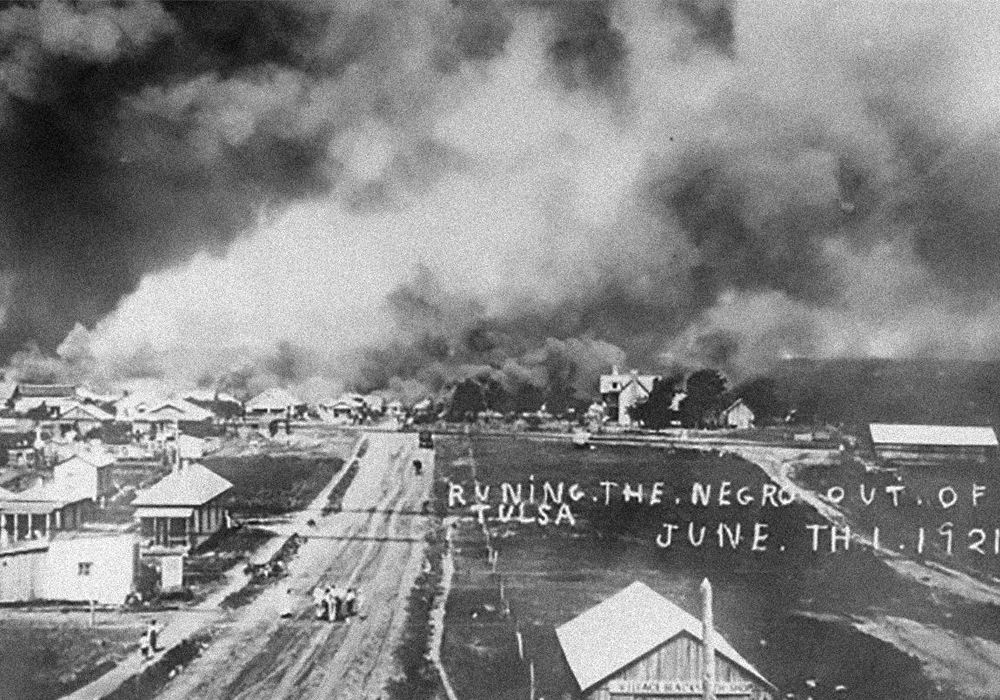
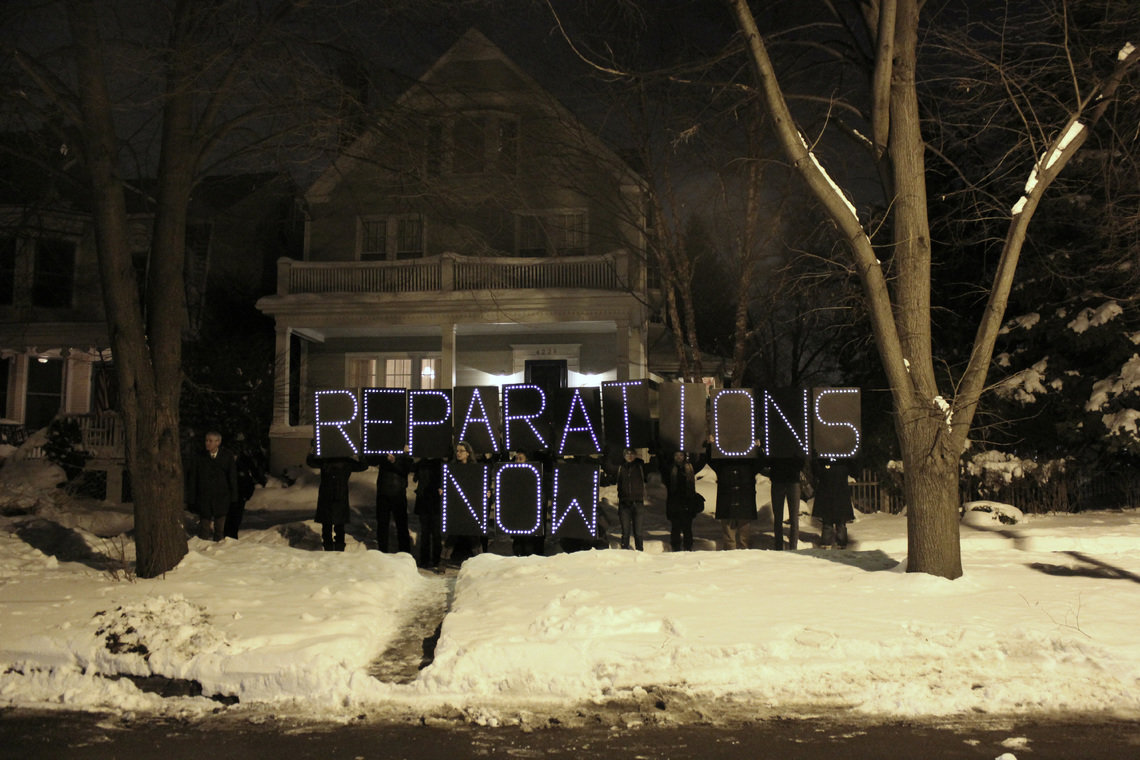
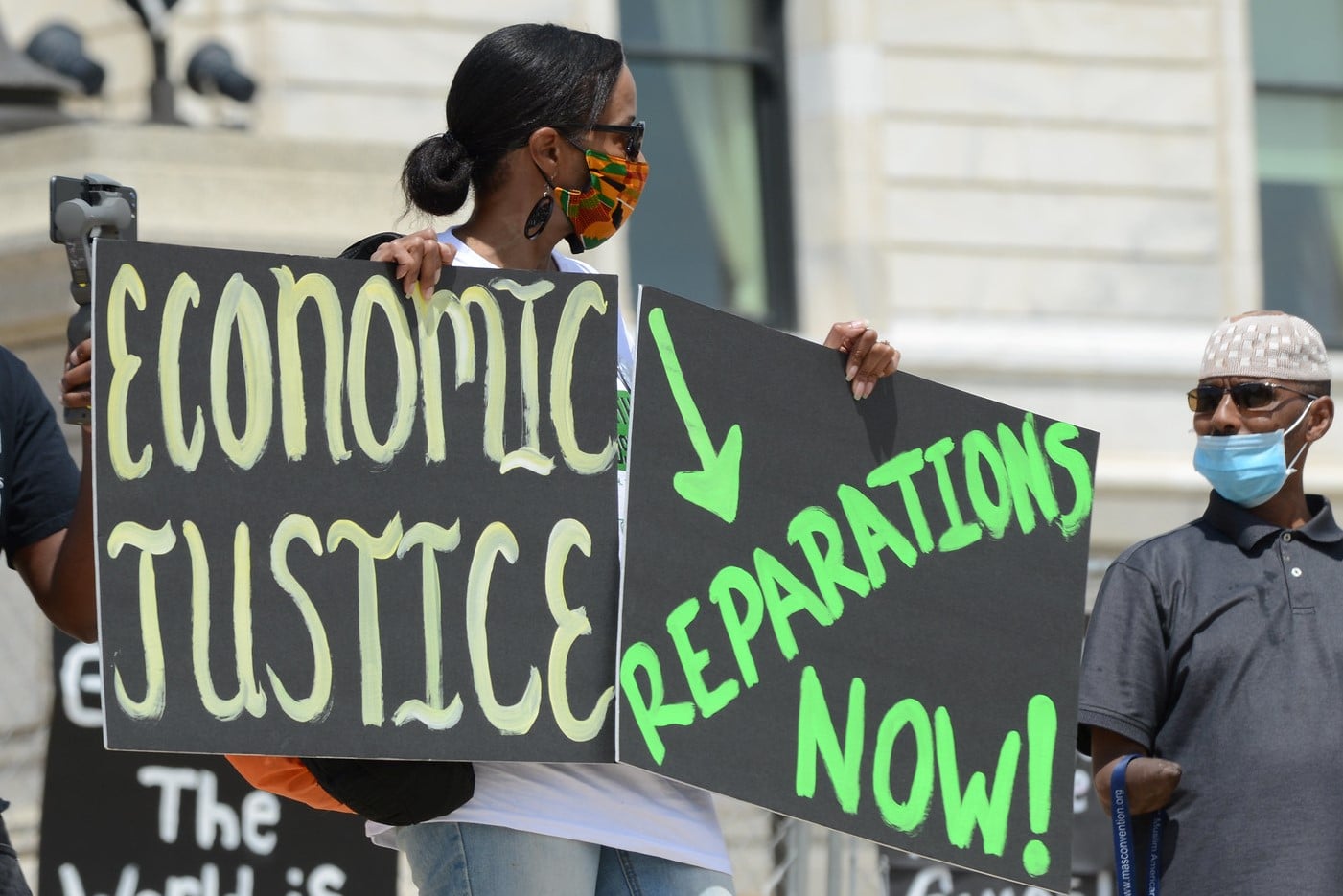
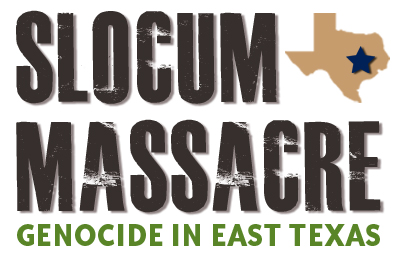
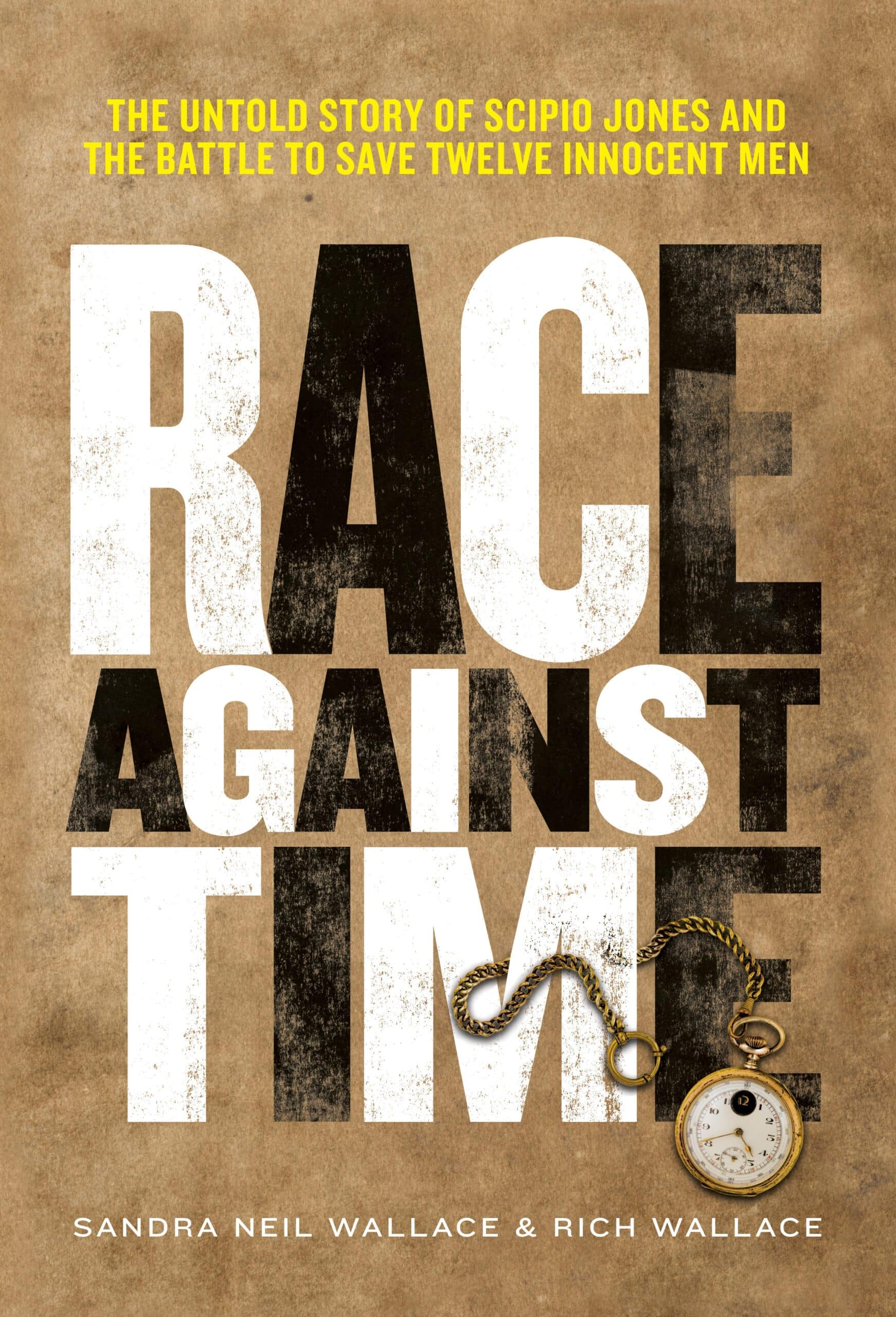
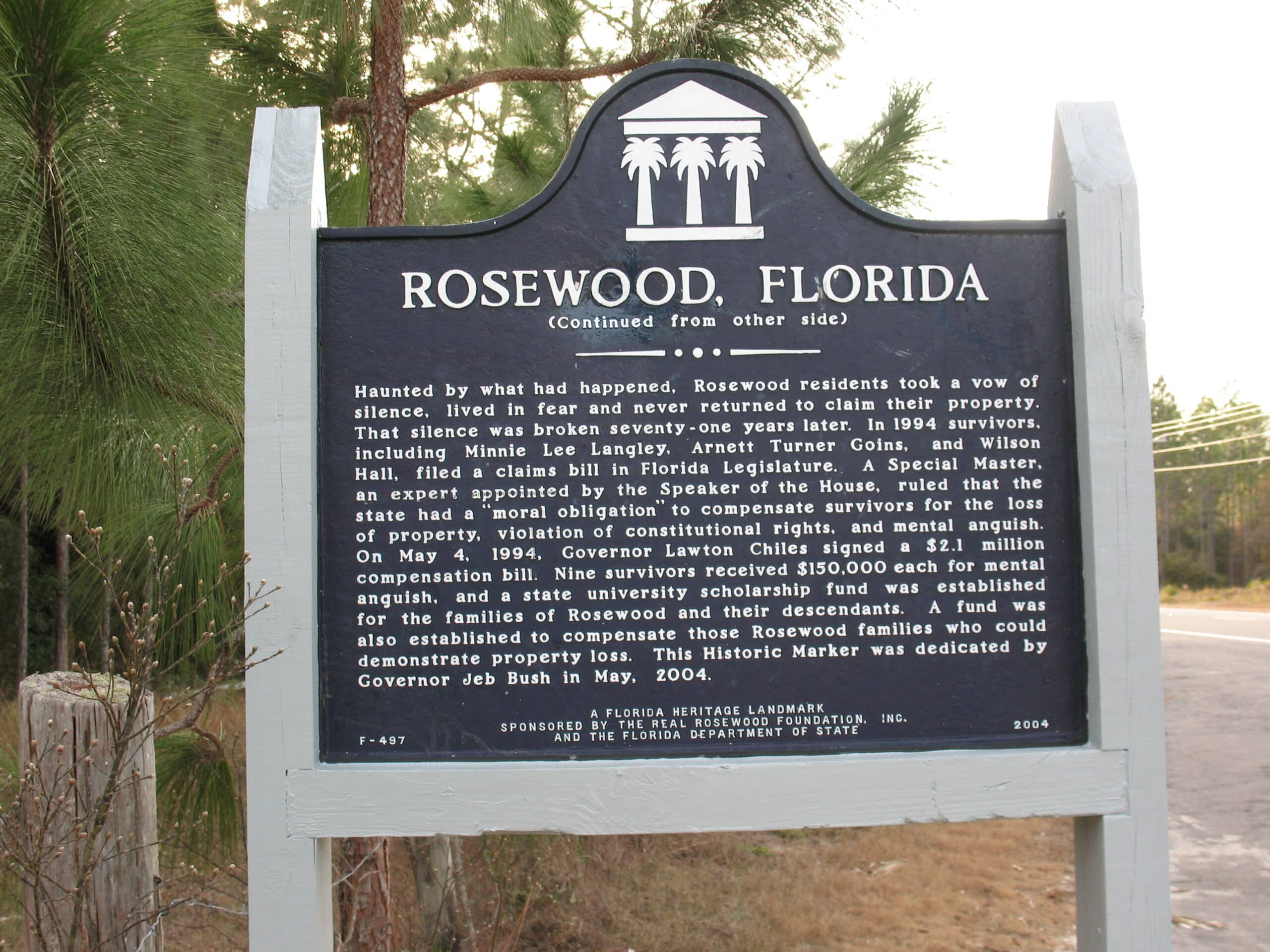
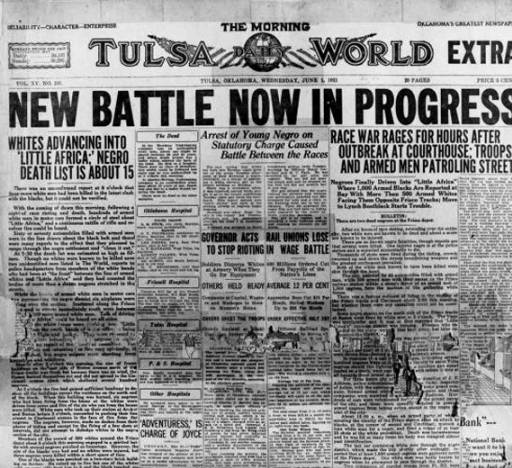
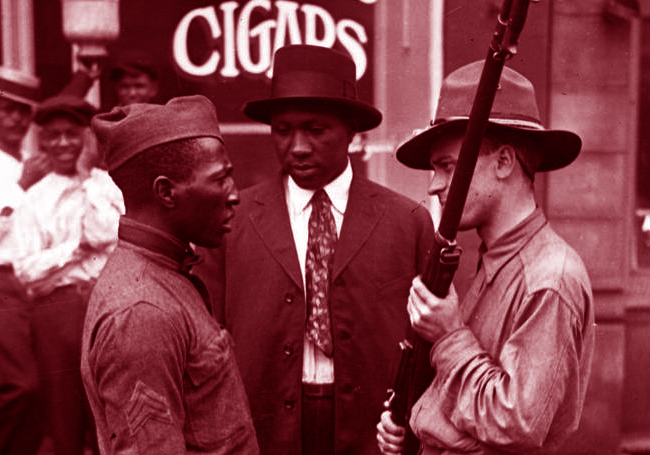
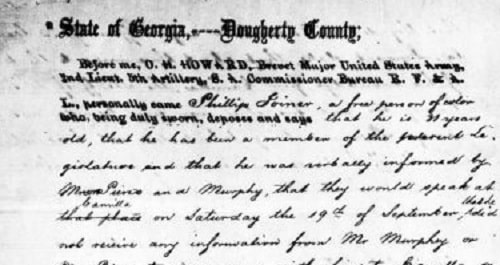
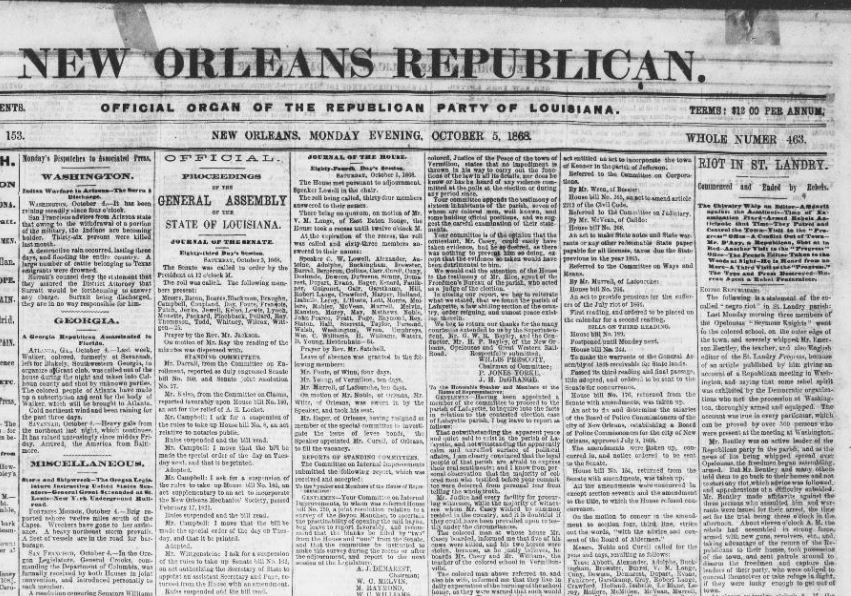
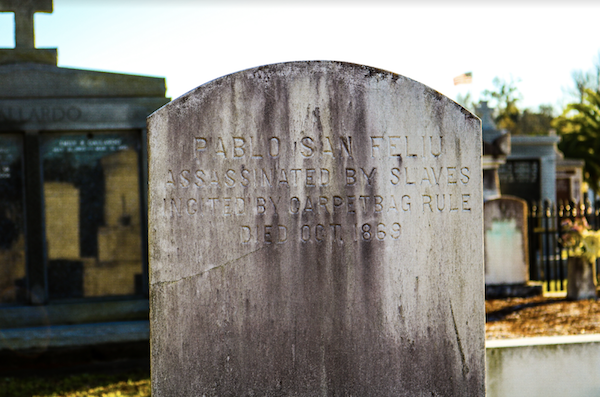
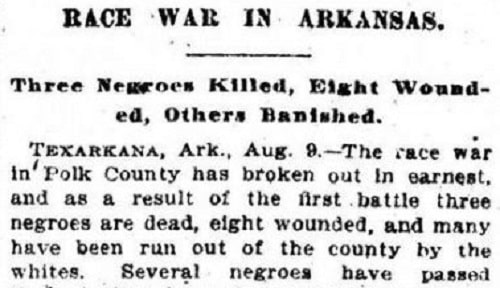
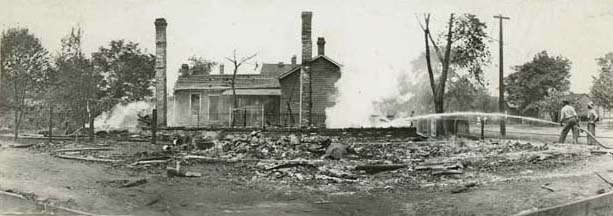
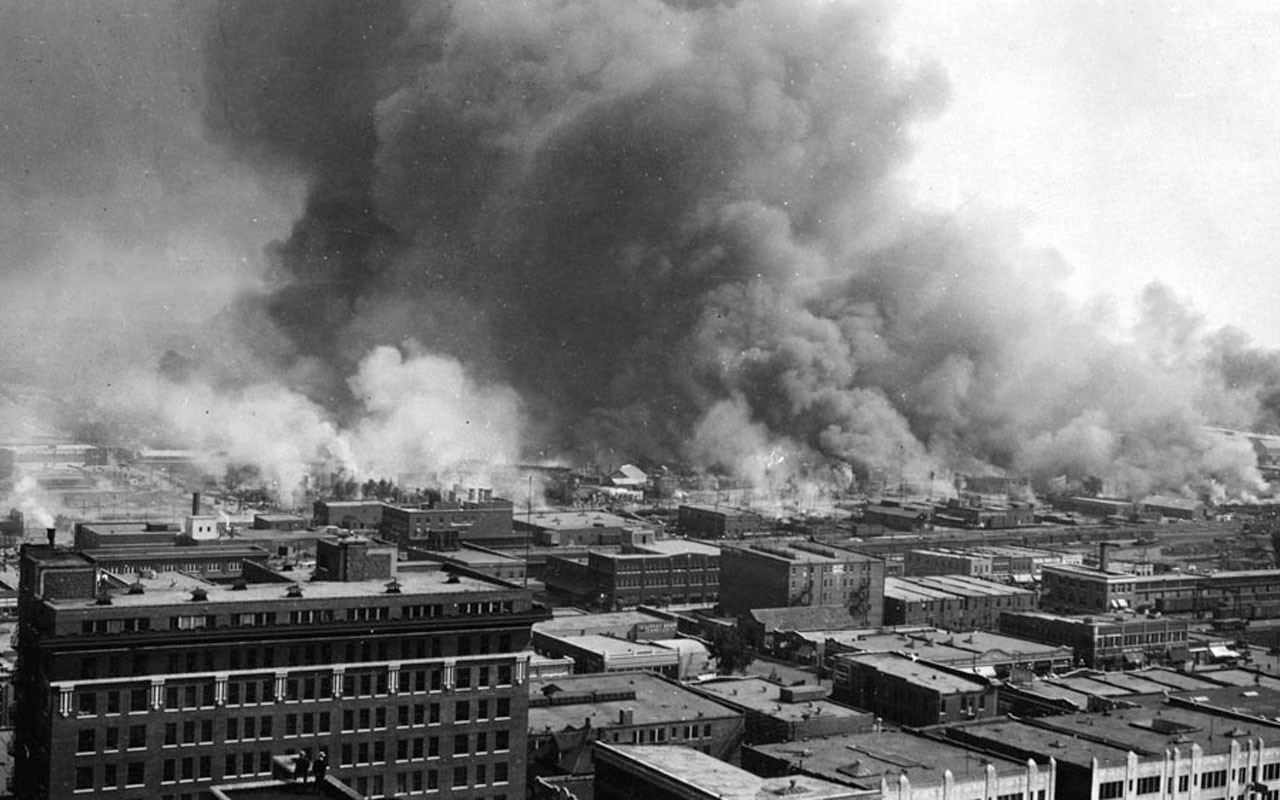





Twitter
Google plus
LinkedIn